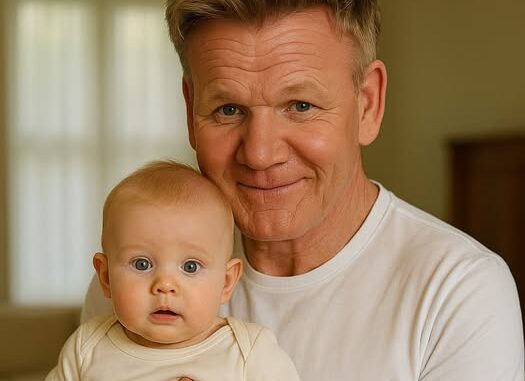
Gordon Ramsay is back, and he’s trading Hell’s Kitchen for a kitchen straight out of Dixie — but instead of sweet tea and warm welcomes, he’s greeted with chaos, confusion, and culinary catastrophe. In a sneak peek of Season 9 of Kitchen Nightmares, Ramsay visits a Southern restaurant that claims to serve comfort food, but he quickly realizes there’s nothing comforting about it. From boxed mashed potatoes to soggy fried chicken and collard greens that taste like dishwater, this episode promises to be one of the most explosive yet.
The moment Ramsay steps foot into the restaurant, the tension is palpable. What’s supposed to be a celebration of Southern hospitality and rich flavors is instead a masterclass in dysfunction. The decor is outdated, the staff is unmotivated, and the kitchen is in a state of disarray that visibly disgusts Ramsay. It doesn’t take long for him to find expired food, dirty surfaces, and a walk-in freezer that’s more terrifying than any horror movie. “You’re feeding people this?” he shouts, unable to hide his frustration. “This is an embarrassment to Southern cuisine.”
As always, Kitchen Nightmares goes beyond bad food—it’s about broken dreams, struggling relationships, and deep emotional wounds. The restaurant is family-owned, run by a brother-sister duo whose clashing visions have dragged the business to the brink of collapse. She wants to honor their grandmother’s traditional recipes, refusing to modernize, while he’s pushing a bizarre, “creative” menu filled with bacon-laced deviled eggs and deep-fried kale chips. Ramsay is baffled by the identity crisis, telling them bluntly, “This isn’t fusion. It’s confusion.”

What’s fascinating—and a little heartbreaking—is how much pride the owners still have, even as the reality of their failure surrounds them. They’re not lazy. They’re just lost. Ramsay doesn’t hold back, but his yelling often comes from a place of passion. Beneath the insults and intensity is a chef who truly wants to see people succeed. He strips back the layers of denial and delusion until the owners have no choice but to face the truth: their food is bad, their service is worse, and unless they change everything, they’re done.
But Ramsay doesn’t just scream and walk away. Once the tough love sinks in, the real work begins. He simplifies the bloated menu, reintroducing classic Southern staples made the right way—crispy buttermilk fried chicken, rich mac and cheese, buttery cornbread, and greens that actually taste like they came from a Southern kitchen. He brings in local chefs to train the staff, teaches them proper technique, and cleans every inch of the kitchen. Slowly but surely, something incredible happens: hope returns.
Watching Ramsay transform a failing restaurant into something that actually resembles a functioning business never gets old, and this episode reminds us why. The emotional arc—from denial to breakdown to breakthrough—is what makes Kitchen Nightmares more than just food TV. It’s human drama at its finest. The owners fight, cry, scream, and ultimately learn that they’ve been sabotaging themselves, not because they don’t care, but because they’re too close to see the problems clearly. Ramsay gives them that clarity—sometimes painfully, but always with purpose.
